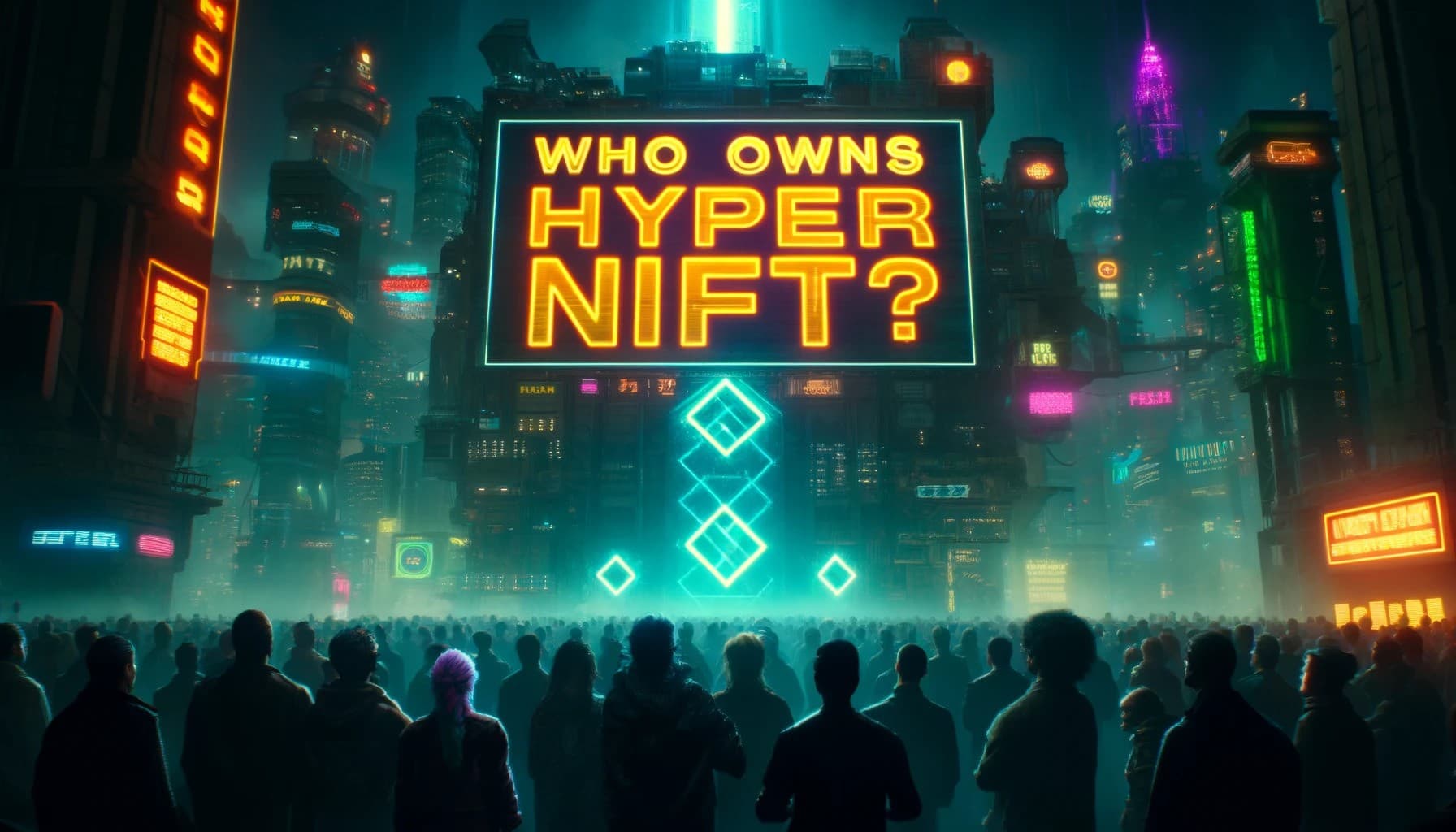Non-fungible tokens (NFTs) have revolutionized the digital world, providing a unique way to own and trade digital assets. Hyper NFTs, an advanced segment within the NFT universe, offer distinctive features and values. Understanding ownership in this context is crucial, as it intertwines with legal, technical, and market dynamics.
Understanding Hyper NFTs
Hyper NFTs elevate the traditional NFT space by introducing enhanced functionalities and interactions. Unlike standard NFTs, which are primarily static, Hyper NFTs incorporate dynamic elements, often involving layers of interactivity and programmability. These NFTs can evolve, react to external inputs, or unlock exclusive content, offering a more immersive experience.
Technologically, Hyper NFTs are built on sophisticated smart contracts on various blockchain platforms, allowing for intricate behaviors and interactions. Notable examples in the market demonstrate their potential, showcasing how they extend beyond art and collectibles to include virtual experiences and utilities.
Ownership of Hyper NFTs
Ownership of Hyper NFTs is a complex interplay of legal and technical factors. Legally, owning an NFT involves rights and responsibilities primarily governed by intellectual property law. When you purchase a Hyper NFT, you acquire a set of rights outlined in the smart contract, though these rights vary significantly across different NFTs.
Technically, ownership is secured through blockchain technology. The blockchain’s immutable ledger records the NFT’s ownership history, providing transparent and secure proof of ownership. Smart contracts automate the transfer of ownership, ensuring that once a transaction is confirmed, the new ownership is irrevocably recorded.
However, challenges arise, particularly in proving ownership in disputes or when the NFT’s provenance is unclear. The decentralized nature of blockchain can complicate legal proceedings, where traditional proof of ownership might not suffice.
Case Studies
The Hyper NFT market has witnessed significant transactions, with some NFTs fetching astronomical prices. These case studies highlight the market dynamics and the complexities of ownership disputes. In some instances, Hyper NFTs have been at the center of legal battles, raising questions about the enforceability of smart contract terms and the interpretation of digital ownership in various jurisdictions.
Market Dynamics
Creators, collectors, and investors influence the Hyper NFT market. Creators leverage Hyper NFTs to offer more engaging and interactive content, while collectors and investors are drawn to their unique value propositions and potential for appreciation. Market trends reflect the growing interest in digital ownership, but they also expose vulnerabilities, such as market volatility and the risk of fraud.
Celebrity and brand endorsements have propelled Hyper NFTs into the mainstream, affecting their perceived value and ownership dynamics. These endorsements can surge interest, increase prices, and introduce new audiences to the NFT space.

Future of Hyper NFT Ownership
The landscape of Hyper NFT ownership is poised for evolution. Legal frameworks are gradually adapting to accommodate digital assets, aiming to clarify rights and responsibilities. Technologically, advancements in blockchain and smart contracts will enhance the security and functionality of Hyper NFTs, shaping their future ownership structures.
Predictions suggest that Hyper NFTs will become more integrated into various sectors, extending beyond art and entertainment into real estate and identity verification, further complicating the ownership landscape.
Summary
The exploration of Hyper NFTs unveils a complex and rapidly evolving landscape that challenges traditional notions of ownership, value, and interaction in the digital domain. As these advanced digital assets incorporate dynamic, interactive, and often transformative elements, they offer a new paradigm for creators, collectors, and investors alike.
The legal intricacies of Hyper NFT ownership underscore the need for a robust and adaptive legal framework. Current legal systems are grappling with the nuances of digital ownership, striving to balance protection for creators and owners while fostering innovation and growth in the NFT space. As Hyper NFTs continue to push the boundaries, legal professionals, lawmakers, and stakeholders must collaborate to clarify the rights and responsibilities associated with these digital assets, ensuring that ownership is recognized, respected, and protected.
From a technical perspective, blockchain technology remains the bedrock of NFT ownership, providing a transparent, secure, and immutable record of transactions. Yet, as Hyper NFTs introduce more complex interactions and behaviors, the underlying technology must evolve to address these new challenges. This includes enhancing smart contracts to accommodate multifaceted ownership rights and developing more sophisticated mechanisms to verify and enforce these rights within the digital ecosystem.
The market dynamics of Hyper NFTs reflect a vibrant and fluctuating landscape where value is driven by innovation, scarcity, and community sentiment. As the market matures, it will likely witness further stratification, with various segments catering to different interests and investment strategies. While contributing to mainstream awareness and adoption, the influence of celebrities and brands also introduces volatility and highlights the importance of due diligence and informed decision-making in NFT investments.
Looking ahead, the future of Hyper NFT ownership is poised for significant transformation. Advances in blockchain technology and legal and regulatory developments will shape the ownership landscape, providing clearer pathways for asserting and transferring digital ownership rights. Moreover, as Hyper NFTs permeate various sectors, they will challenge us to reimagine the possibilities of digital assets, extending their impact beyond the art world into realms such as gaming, entertainment, real estate, and even digital identity.
In conclusion, Hyper NFTs represent a new asset class and a new way of engaging with the digital world. They embody the convergence of art, technology, and commerce, offering a glimpse into the future of digital interaction and ownership. As this space evolves, stakeholders across the spectrum — from creators to consumers, from legal experts to technologists — must navigate its complexities, embrace its possibilities, and shape its trajectory toward a future where digital ownership is as tangible and respected as its physical counterpart.




